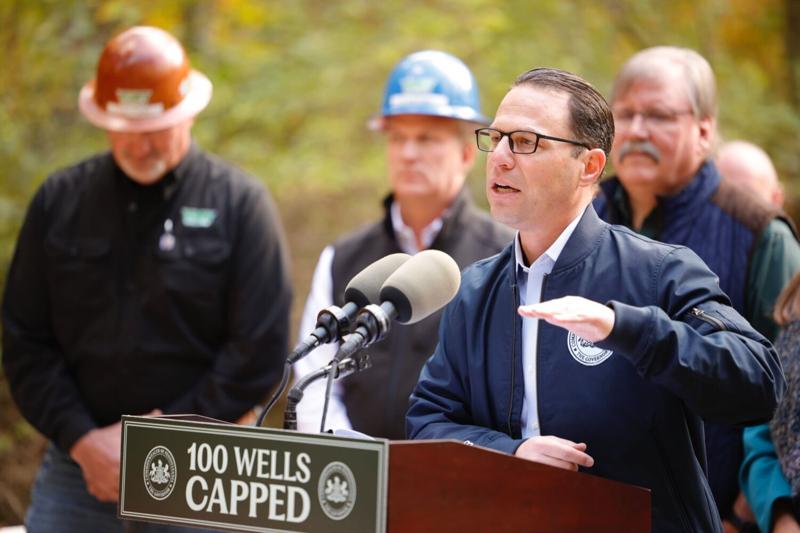(The Center Square) — With federal taxpayer dollars flowing in to plug orphaned and abandoned oil and gas wells, the Appalachian region could see thousands of jobs created in the next few decades.
A report from the Ohio River Valley Institute argues that Pennsylvania, Ohio, West Virginia and Kentucky could create 13,000-16,000 direct jobs with $1.3 billion in federal funds to reduce methane. The reductions would come from monitoring and repairing equipment, along with plugging old orphaned oil and gas wells scattered across Northern and Central Appalachia.
The money for this initiative comes from the Infrastructure Investment and Jobs Act and the Inflation Reduction Act: about $200 million would go to Kentucky, $288 million to West Virginia, $366 million to Ohio, and $490 million to Pennsylvania.
“We are at the very beginning stage of what could be people’s whole careers involved in plugging and abandonment (or decommissioning) oil and gas wells in the region,” said Ted Boettner, a senior researcher at ORVI and co-author of the report with Gregory Cumpton of the University of Texas-Austin. “It’s sort of like making lemonade out of lemons. All of these old wells that are not plugged and many of them are very hazardous and leaking greenhouse gas emissions. We could bring back thousands of jobs over the next 50 year to these communities for people to clean up this mess.”
During a report launch hosted by non-profit group ReImagine Appalachia, Boettner called the plugging progams an enormous opportunity to train young workers to give them the skills to build a lasting career, as well as a chance for laid-off workers in industries like coal to find a good job.
“Utilizing $1.3 billion from the IIJA and IRA to decommission orphaned and marginal conventional wells would require an estimated 2,400 direct jobs on well sites,” Boettner and Cumpton wrote. “These are only direct jobs. Indirect jobs will also be created from the purchase of goods and services.”
Their job estimate didn’t count administrative and other support workers that would be necessary for plugging programs and they emphasized that the skillsets of well-pluggers could apply to other industrial jobs.
The institute’s study, Boettner and Cumpton noted, was a way to alert states to the task ahead and help them plan education and economic strategies for spending the federal money.
Orphan wells are a significant problem in Appalachia. The wells have no traceable owner and can be more than a century old; some present a hazard to local residents or the environment due to pollution. Pennsylvania has plugged more wells in the last year than it has in almost a decade, but it’s estimated that the state has more than 300,000 undocumented orphan wells, mostly in western and northern Pennsylvania.
The federal government has a well count of 127,000 orphan wells nationally: 27,000 in Pennsylvania; 20,000 in Ohio; 12,000 in Kentucky; and 6,000 in West Virginia.
The institute’s report emphasized that plugging the wells will be a long-term process and getting workers in place to tackle it will require economic and political coordination.
“That’s a political leadership question of getting the contractors, agencies, and workforce development people together in the same room to iron out some things,” Boettner said.
The report pushed for much of this skill training to come through unionized apprenticeships.
More oversight, too, for how this federal money gets spent will be necessary; in Pennsylvania, critics have noted a lack of transparency in the commonwealth’s well-plugging program.
“We do need robust agencies to be implementing these programs as efficiently as possible so it helps the money go further and we spend well,” said Dana Kuhnline, program director for ReImagine Appalachia.







